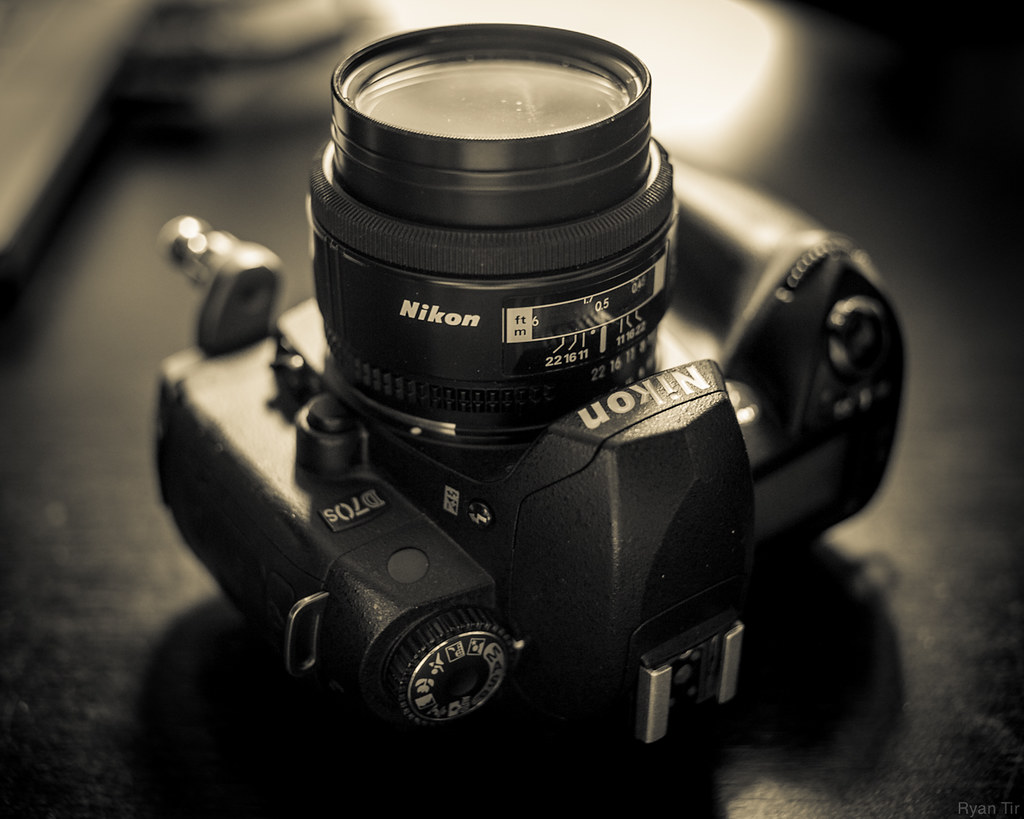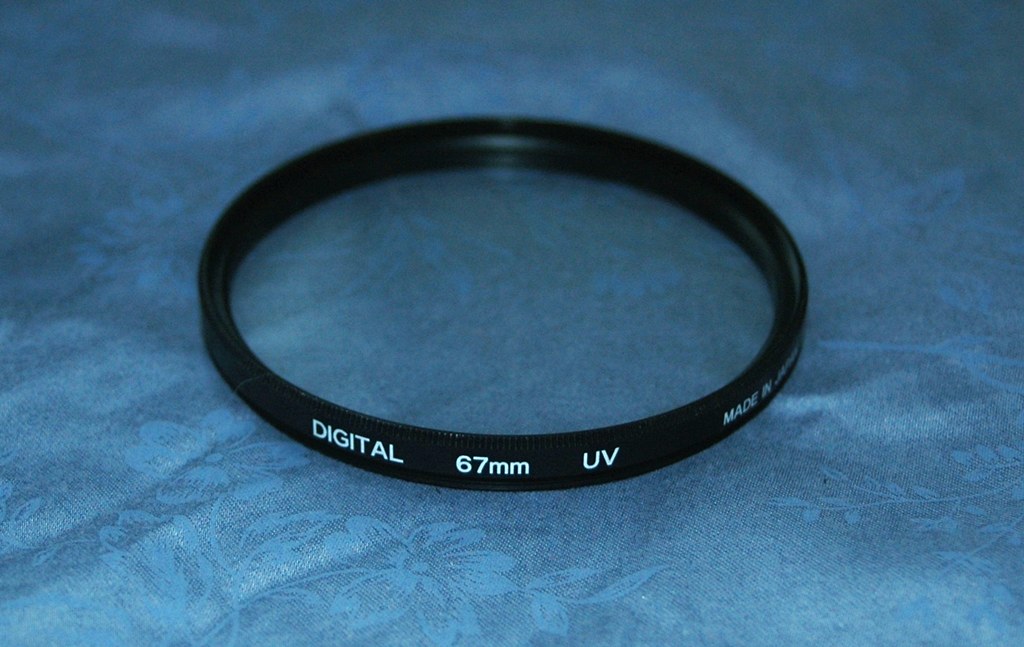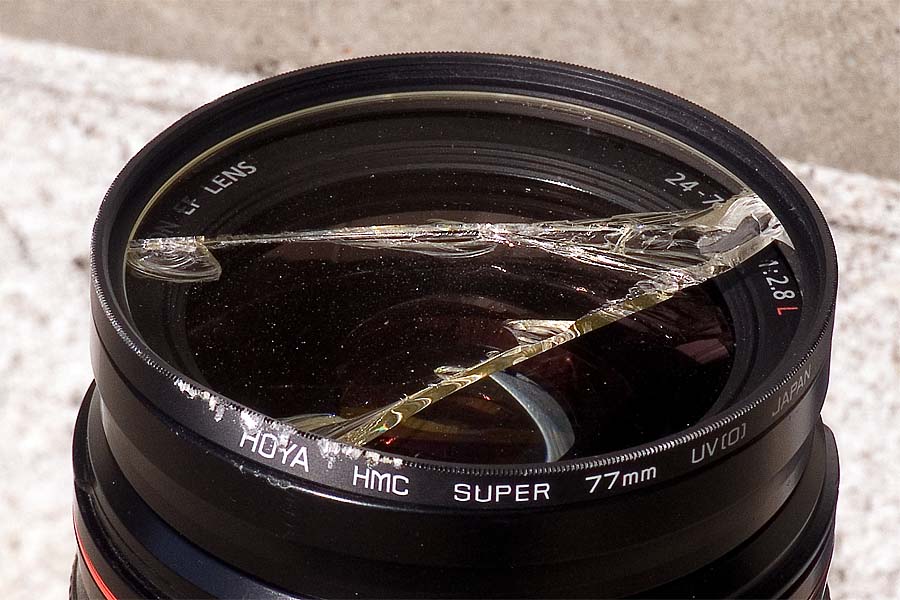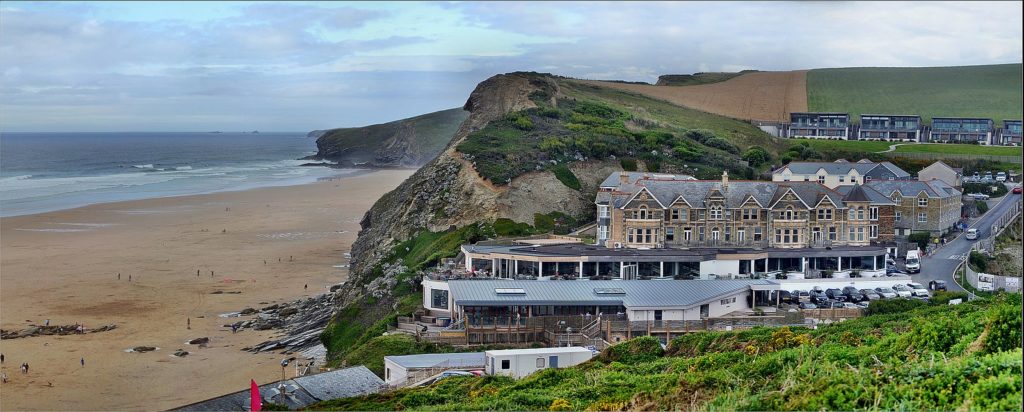One of the first things you are told when getting into photography is to buy protective filters for your lenses. These would normally be an ultra violet filter but you may also have been suggested a skylight filter. The latter are no longer recommended for digital photographers as they can introduce a slight colour cast that effects the white balance. The former, UV filters can be bought pretty cheaply but like everything photographic, cheap is not always a good option. When you start to step up to better quality UV filters, the price increases dramatically. With this in mind, do UV filters actually provide protection to your lens or is it an urban myth?
Why Would You Use a Filter?
Conventional wisdom suggests that putting a UV filter on your lens gives it several levels of protection. The first is that it protects the lens from dust, sand and any other particles that might otherwise adhere itself to the front element of that lens.
Secondly it protects against fingerprints and smears from the general day to day handling of the lens. Perhaps the most controversial suggestion is that a UV filter protects the front element from smashing in a fall to the ground or by bashing into something.
Beyond the protection another often mooted reason to use a UV filter is to reduce to eliminate haze in the distance of landscapes.
So these are the arguments for using a protective filter, lets have a closer look at each one to see if they really stand up.

A protected lens. Or is it?
Protection from Dust and Other Particles
Yes a UV filter will undoubtably protect from particles that might adhere themselves or even scratch the front element of your lens. The question is how likely is this to happen? If you regularly shoot in hostile environments such as windswept beaches or the desert, a UV may very well stop that abrasive sand scratching your lens. However in many day to day cases there is unlikely to be an issue.
Protection from Fingerprints
Again a UV filter will protect your front element from fingerprints and other smears. The acid in your fingerprint may overtime react with lens coatings and cause image degradation. Both fingerprints and smears can lower lens contrast.
The issue is that as a large piece of flat glass, a UV filter is much more prone to getting fingerprints on it than the front element of a lens. This means you are much more likely to have to constantly clean the filter than your would do the lens. With a lens hood on, the front element is pretty well protected from day to day touch anyway. If you have a regular lens cleaning regime, its pretty unlikely that fingerprints will remain on your glass long enough to cause any damage.

A large flat piece of glass is more of a fingerprint magnet than a front element.
Protection from Damage
This one is perhaps the most often mooted reason to use a UV filter. But is it really going to protect a lens in a fall? I would suggest not. A wafer fine piece of glass on the front of your lens is going to be significantly weaker than the large relatively thick convex front element of that lens. In a fall, the front element will either break or not regardless of whether there is a filter on it. The filter will not add any other extra protection to the lens body either. Any shock that hits the filter will be transmitted through the lens doing as much damage as without the filter.
A direct hit on the front of the lens although unlikely, will still not be protected by a UV filter. Again a decent lens hood here is more likely to protect the front element than a filter.

Would the lens have broken without the UV filter? We will never know.
Reducing Haze in Landscapes
Whilst this was very much a useful application for UV filters in the film era, it is no longer the case today. Digital sensors are very good at filtering out UV light to the point where a UV filter has no effect on distant image quality. Whilst you might not see any image degradation with a good quality UV filter, it can make the lens more prone to lens flare than shooting towards the sun.

Does a UV filter cut haze on digital sensors? Probably not.
Should You Use a UV Filter?
There are very few reasons why you shouldn’t use one. Potential for a slight image degradation and lens flare are two of them. The inconvenience of screwing on and off filters if you use other filters is another. However, to use a UV filter in the hope that it will protect your lens from a fall may well be folly. Yes in certain conditions it will protect the front element from abrasive particles, fingerprints or smears but as an insurance against a broken front element, its unlikely.
Using UVs is a personal choice. Early in my career every one of my lenses had a UV filter. For the last 10 years none of them have. The only lens I have ever damaged would not have been saved by a UV filter. The cost a good quality 77mm UV filter would actually have been more that it cost me to get that lens repaired.





12 Comments
A week ago, just days after Just days after reading a similar article, I was carrying my Canon 5d Mark IV with a 70-200 2.8. It’s about a $2k lens. My strap broke while walking toward the beach. In an instant, the lens fell to the parking lot and I heard an instant shatter. When I picked up my gear and inspected it, the filter had taken about 95% of the blow. Had that filter not been on, I am certain the lens face would be toast. It took about 3 hours to get the folder off the camera, but worth the patience to do so. I am not a fan of filters, but after 10 years with no accident, one showed its worth. Does a filter help or hinder the final image? Who cares if it may eventually save for a few thousand dollars.
Actually, I accidentally dropped my camera lens-first on the ground about a week and a half ago. There was a lens cap attached to the front UV filter.
I don’t know how much protection the filter offered but it was smashed and jammed into the front threads of the lens. It had to be removed by a professional but when it was taken off, the lens was in perfect shape.
I also had my camera drop and I had a UV filter on the lens which shattered into a million pieces. I took it to a professional to have it removed because I was terrified that the small shards would scratch the lens, which fortunately , it did not. I stopped using the filters after that.
I have also quit using UV filters, except when salt spray is an issue. Lens hoods have done a good job of protecting my lenses in the few falls they have taken. The only serious lens damage I have ever had involved a detached lens falling off a counter onto its side, and neither filter nor hoed could have protected it from the mechanical damage it sustained.
I once had a Nikon 70-200mm f2.8 in a pelican case that the airline forced us to check. When we got it back the Filter was smashed but the lens glass was fine. I would not down play the extra protection it gives with a very minor degradation to images.
my Dad and I have this constant argument because he thinks UV filters are the best thing since sliced bread, but I don’t. This would all be fine, but he mostly owns my camera. He has one too, and he says the UV filers saved it, but he also never used it to have an accident with it. My lenses have survived, but so have his. But his lens gets dust on it anyway, whatever happens.
I use a filter on all my lens. Never dropped a lens in my 10+ years of photography. I don’t own anything outside the L series and the reason I added the filter is because Canon recommended it for making sure the lens remains water resistant to a degree. I love to shoot in the rain and the extra peace of mind is really worth it.
My 2 year old son loves to run towards the camera when I take his pictures. I don’t stop him when he tries to touch the lens because I’m not worried he’ll smudge the front element. Cleaning the filter is much more easier and worry free than having to touch the front element even though it’s tough glass and will take a lot to scratch it. I’m worried less about scratches and more about coatings.
Also, filters with aluminium rings will take a lot of impact away from the actual lens mount.
All in all, they’re not hurting anyone and decent filters don’t affect the image much. So why not?
Highly recommend B+W filters.
Fingerprints: It is much easier to wipe down a flat surface with a micro-fiber cloth to get rid of fingerprints that it is a convex lens. Additionally, wiping the front of the lens will, eventually, effect the lens coating.
Scratches: I don’t recall seeing much mention of scratches on the front element of your lens. Getting a lens recoated because of a serious scratch is not a process I’d care to repeat. It doesn’t take much to scratch a lens and will definitely put a damper on your dat.
In short,
I had my camera on a tripod and placed it against my car while I opened the door. The tripod slid off the car and hit with full force on the lens. All I could hear when I picked up the camera was broken glass behind the jammed lens cap, and I thought for sure the lens was toast. I got home and pried the cap off. To my utter amazement, only the filter was shattered into a million pieces, but the lens was intact. I don’t like UV filters either, but this one saved my bacon.
NO, NO, NO, NO – NEVER, EVER PUT SOMETHING IN FRONT OF A LENS THAT DOES NOT ADD TO THE PICTURE.
Reason 1 – The manufacturer provided all the lens protection needed with the lens – FREE. It is called a lens hood. Use it. Long believed to reduce lens flare (it does, sort of) it actually is meant to protect the lens and it works.
Reason 2 – If you really are the paranoid type and must put a filter on the front of the camera, even though it will visually degrade the image, then be aware the cost to replace the front glass is, in almost all cases the same as the cost of a good filter.
Reason 3 – In spite of testimonials to the contrary, the best of the filters, the ones that cost more than $100, will degrade the image. In small prints or on a computer screen it is not visible but in large prints, especially the archival quality ones, very visible degradation can and does occur.
So, if you do not care about the quality of your photos and want to look like an amateur, by all means spend the unnecessary money.
Reason 4 – The cheap plastic filters are worse than the high quality ones
Would you really shout at someone face to face – if not, why do it here ? Shouting does not make an opinion worth any more, in fact it tends to have the opposite effect.
A reasoned discussion beyond it affecting large and archival prints could have had some points for others to consider and they could easily have been made without choosing to disrespect the views of others by insinuating they are paranoid and/or amateurs.
I sometimes do and I sometimes don’t. Lens hoods provide little to no protection and often cost more than the UV filter. One of my L-series lens hoods was almost $200 to replace.
Like lenses, quality of filters is no longer determined by price, and image quality is NOT seriously impacted in most (not all) shooting situations. A recent lab study showed cheaper filters performed as well – and in some cases much better – than expensive known brands. Again, improved technology in lens production means cheaper lenses do pretty well too – just ask pros who find many Sigma lenses perform BETTER than their L series Canon counterparts (like the 35 prime). Not my opinion, lab tests.
I shoot hockey in an arena. Protruding bolts along the boards wreck 2 – 3 filters every season – but my lens is unscathed.
These “you should always- you should never” arguments are as silly as Canon vs Nikon arguments. Do what works for YOUR style and type of shooting. Research brand names before you just automatically believe it’s “best” or “better”.
As I tell all the people who pine for expensive lenses – and I have 14 L-series Canon lenses – clients can’t tell the difference between a photo shot with a great lens or a kit lens. AND THEY NEVER ASK. They either like the photo or they don’t. That should be your only criteria as well.
PS: Other pros mocked my 150-600 Sigma lens when shooting pro football until they saw the images – and the number of them that were published. Only the image counts. The most important gear you own is your brain & imagination.